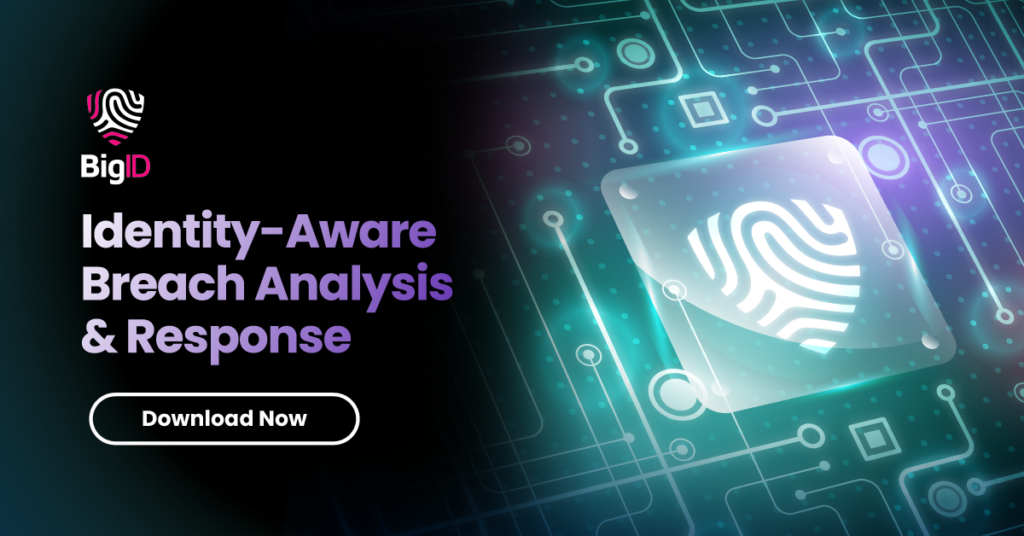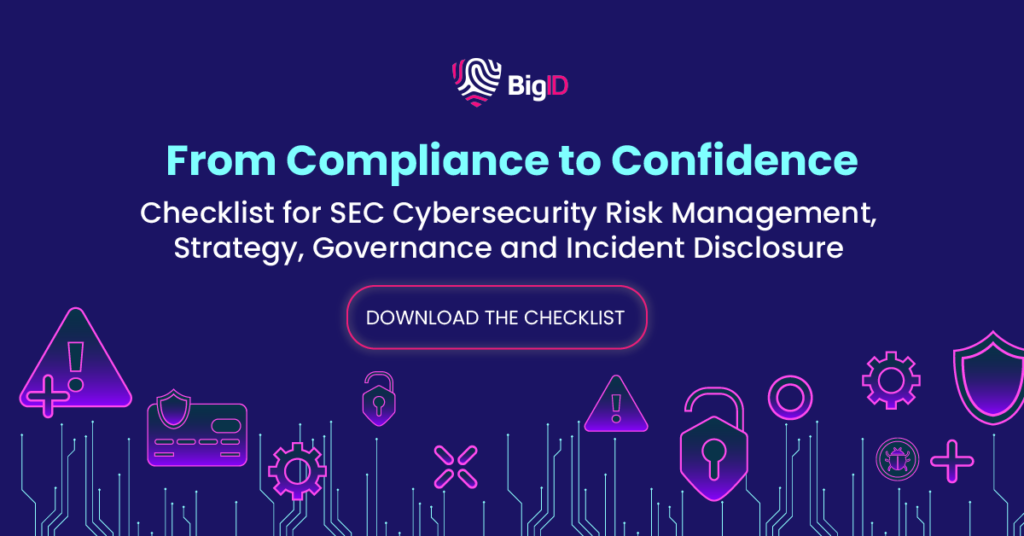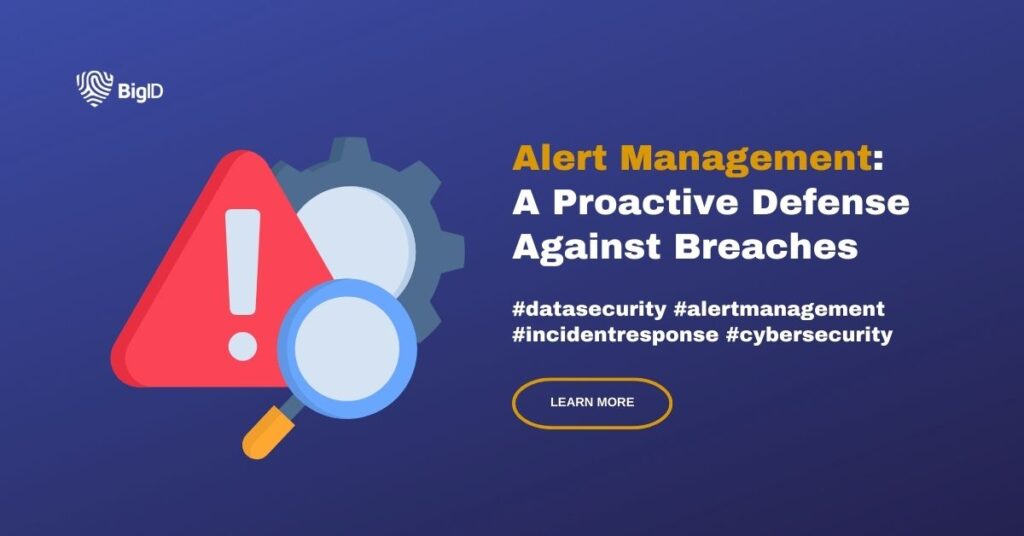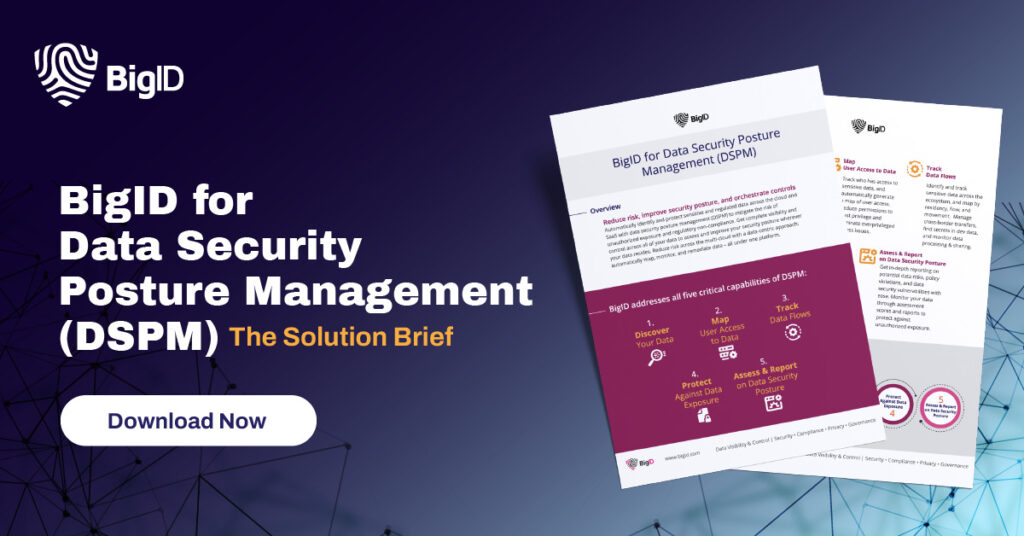The Importance of Alert Management in Data Security
In the ever-evolving landscape of data security, staying ahead of potential threats is paramount. A crucial component in this proactive approach is effective alert management. This article delves into what alert management is, its importance, the framework and components involved, strategies for success, key players, and how to leverage reporting to prevent breaches.
What is Alert Management?
Alert management is the systematic process of monitoring, identifying, analyzing, and responding to security alerts generated by various systems within an organization. These alerts are signals that indicate potential security threats or anomalies that require immediate attention. Effective alert management ensures that relevant alerts are prioritized, investigated, and addressed promptly to mitigate risks.
The Importance of Alert Management
Proactive Threat Detection
One of the primary benefits of alert management is the ability to detect and address threats before they escalate into significant security incidents. By continuously monitoring for anomalies and unusual activities, organizations can identify potential breaches early and take swift action to prevent data loss or damage.
Reducing Alert Fatigue
In a world where cybersecurity systems generate countless alerts daily, distinguishing between genuine threats and false positives is challenging. Effective alert management helps reduce alert fatigue by filtering out noise and ensuring that security teams focus on the most critical issues.
Compliance and Regulatory Requirements
Organizations must adhere to various compliance and regulatory standards that mandate robust security practices. Effective alert management is often a key component of these standards, ensuring that potential security incidents are promptly identified and addressed in compliance with legal requirements.

Framework and Components of Alert Management
Centralized Monitoring
Centralized monitoring involves aggregating alerts from various sources into a unified system. This provides a comprehensive view of the organization’s security posture, enabling better analysis and response coordination.
Incident Triage
Incident triage is the process of prioritizing alerts based on their severity and potential impact. It involves categorizing alerts, assigning them to appropriate personnel, and ensuring that critical issues are addressed first.
Automated Response
Automation plays a vital role in modern alert management. Automated response mechanisms can quickly mitigate threats by executing predefined actions, such as isolating compromised systems or blocking malicious IP addresses, without human intervention.
Continuous Improvement
An effective alert management framework includes continuous improvement processes. This involves regularly reviewing and updating alert rules, refining response strategies, and incorporating lessons learned from past incidents to enhance overall security posture.
Alert Management Stakeholders
- Security Operations Center (SOC) Team: The SOC team is at the forefront of alert management. Comprising analysts, engineers, and incident responders, the SOC team monitors alerts, investigates incidents, and coordinates response efforts.
- IT and Network Teams: IT and network teams play a crucial role in alert management by maintaining the infrastructure and implementing security controls. Their expertise is vital in resolving technical issues and ensuring the smooth functioning of security systems.
- Executive Leadership: Executive leadership provides strategic direction and allocates resources for alert management. Their involvement ensures that alert management aligns with the organization’s overall security strategy and objectives.
Strategies for Success
Establish Clear Policies and Procedures
Developing clear policies and procedures for alert management is crucial. These should define how alerts are generated, prioritized, investigated, and resolved. Clear guidelines ensure consistency and efficiency in handling security incidents.
Invest in Advanced Technology
Leveraging advanced technologies such as machine learning and artificial intelligence can significantly enhance alert management. These technologies can analyze vast amounts of data, identify patterns, and detect anomalies more accurately, improving threat detection and response.
Regular Training and Awareness
Regular training and awareness programs for security personnel are essential. Keeping the team updated on the latest threats, tools, and best practices ensures that they are well-equipped to handle alerts effectively.

Use Case: Financial Institution Protecting Against Fraudulent Activities
Background
A large financial institution faces constant threats from cybercriminals attempting to exploit vulnerabilities, commit fraud, or steal sensitive customer data. The institution uses various security systems that generate numerous alerts daily, making it challenging to identify and respond to genuine threats promptly.
Challenge
The sheer volume of alerts, combined with the need to distinguish between false positives and real threats, creates a risk of overlooking critical incidents. Alert fatigue among security staff further exacerbates this issue, potentially leading to delayed responses or missed alerts.
Implementation of Alert Management
Centralized Monitoring System
The institution implements a centralized Security Information and Event Management (SIEM) system to aggregate alerts from various sources, including intrusion detection systems, firewalls, and application logs. This centralized approach provides a unified view of the security landscape.
Incident Triage and Prioritization
The SIEM system employs advanced analytics and machine learning algorithms to categorize and prioritize alerts based on severity and potential impact. Alerts indicating suspicious transactions, unauthorized access attempts, or data exfiltration are flagged as high-priority incidents requiring immediate attention.
Automated Response Mechanisms
Automated response mechanisms are set up to handle specific types of high-priority alerts. For instance, if the system detects an unusual login attempt from an unrecognized device, it can automatically trigger a multi-factor authentication challenge or temporarily lock the account to prevent unauthorized access.
Continuous Improvement Processes
The institution establishes a feedback loop where security incidents and responses are regularly reviewed. Lessons learned from past incidents are used to refine alert rules, improve detection capabilities, and enhance response strategies. This continuous improvement ensures the alert management system evolves with emerging threats.
Results
Proactive Threat Detection
The centralized monitoring and advanced analytics enable the institution to detect and respond to fraudulent activities promptly. Suspicious transactions and unauthorized access attempts are identified and addressed before they can cause significant harm.
Reduced Alert Fatigue
By filtering out false positives and prioritizing critical alerts, the alert management system reduces alert fatigue among security staff. This ensures that analysts focus their efforts on genuine threats, improving response times and effectiveness.
Regulatory Compliance
The alert management framework helps the institution comply with regulatory requirements by ensuring that potential security incidents are identified, investigated, and addressed promptly. Detailed reporting and audit trails support compliance efforts and demonstrate due diligence to regulators.
Improved Customer Trust
The proactive and efficient handling of security incidents enhances customer trust. Clients feel confident that their sensitive data is protected, which strengthens the institution’s reputation and competitive advantage in the market.
The implementation of a robust alert management system enables the financial institution to safeguard against fraudulent activities and other cyber threats effectively. By leveraging centralized monitoring, automated response, and continuous improvement, the institution enhances its security posture, ensures regulatory compliance, and builds trust with its customers. This use case demonstrates the critical role of alert management in maintaining the integrity and security of financial operations in a digital age.
Ensuring Proactive Security with BigID’s Alert Management Software
BigID is the industry leading platform for data privacy, security, compliance, and AI data management that leverages advanced machine learning and deep data discovery to give organizations greater visibility into all of their enterprise data — in the cloud and on prem, at scale.
When an attack occurs, time is of the essence. In order to anticipate evolving cyber threats organizations need dependable security solutions that utilize proactive alert management software.
With BigID organizations can:
- Know Your Data: Automatically classify, categorize, tag, and label sensitive data with unmatched accuracy, granularity, and scale.
- Improve Data Security Posture: Proactively prioritize and target data risks, expedite SecOps, and automate DSPM.
- Enable Zero Trust: Reduce overprivileged access & overexposed data, and streamline access rights management to enable zero trust.
- Mitigate Insider Risk: Proactively monitor, detect, and respond to unauthorized internal exposure, use, and suspicious activity around sensitive data.
- Reduce Your Attack Surface: Shrink the attack surface by proactively eliminating unnecessary, non-business critical sensitive data.
To see how BigID can kickstart your organization’s security initiatives and better protect against evolving threats— get a 1:1 demo with our experts today.



